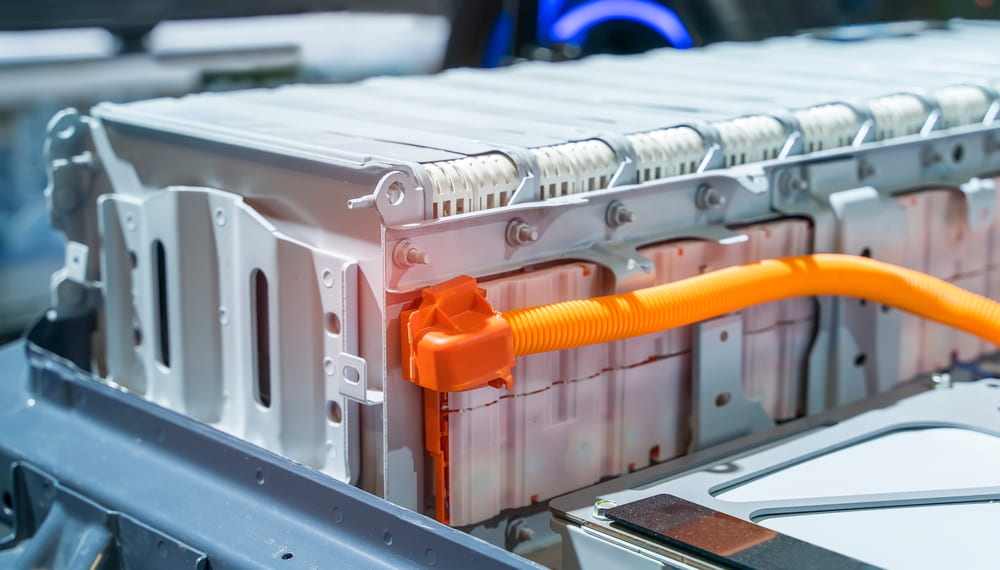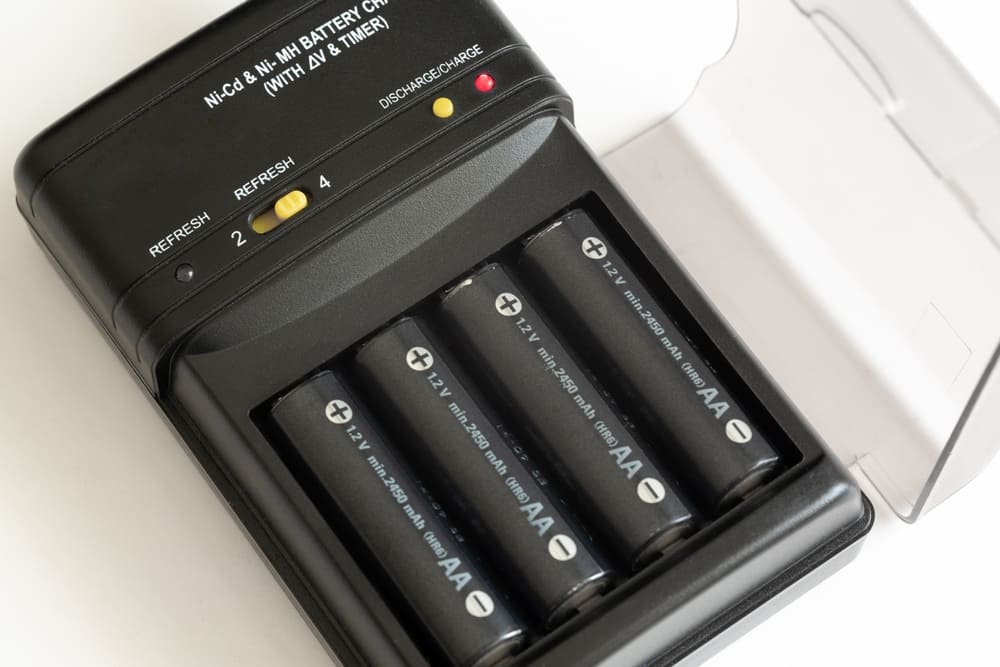Different Types of Batteries and Their Uses
To a novice, a battery is a battery; it’s simply the powerhouse of the device. Despite this, various battery types are suited to different applications. For instance, your wall clock will need a very different battery from a measuring instrument intended for use in hazardous environments. In the last decade, batteries have become one of the essential energy sources; however, even before this, they were an integral feature of our existence. With this being said, electric vehicles, solar power, laptops, tablets, and smartphones have only contributed to the advancement of batteries.
Different Types of Batteries and Their Uses
Lithium-Ion Batteries
The first type of battery we’re looking to explore is lithium-ion batteries or ATEX batteries. The emergence of these products has been impressive, with over half of the consumer market using lithium-ion batteries. They’re even used in cameras, cell phones, and laptops. This is down to their long life cycle, high specific energy, and high energy density. In addition to these advantages, lithium-ion batteries are also equipped with various operating temperatures and a slow self-discharge rate.
Nickel-Metal Hydride Batteries
Next up is nickel-metal hydride batteries, which are still somewhat new battery solutions and are an extended version of nickel-hydrogen electrode batteries. These were used exclusively in aerospace applications, such as satellites; however, their use has become much more versatile. As with all batteries, nickel-metal hydride batteries comprise positive and negative electrodes. The positive electrode is otherwise known as the Nickel Oxyhydroxide (NiOOH), and the negative electrode comes in the form of a metal alloy, in which hydrogen is stored in reverse.
While these batteries charge, metal alloys absorb hydrogen, which leads to metal hydride formation. Meanwhile, during discharge, the metal hydride loses hydrogen. This battery solution boasts some advantages, including its higher specific energy and density. These are available in a commercial capacity.
Nickel-Cadmium Batteries
Next, nickel-cadmium batteries are some of the oldest battery types that are still available today. As a result, it can be inferred that they’re sturdy and reliable. A key advantage to Ni-Cd batteries is that they can manage high discharge rates while operating at various temperatures. Their shelf extension is extended; however, this also means the cost is higher than lead-acid batteries. Despite this, they are more affordable than other alkaline battery types.
The Nickel Oxyhydroxide (NiOOH) in these solutions acts as the cathode, while the Cadmium metal (Cd) is the anode. These products boast an array of advantages, including reliability, low maintenance, long life, flat discharge voltage, and low-temperature performance.
Despite these advantages, one clear disadvantage is the memory effect, in which the batteries lose their capacity progressively during charging.
Lead-Acid Batteries
Last but not least are lead-acid batteries, the most widely used rechargeable battery. Even though they were developed more than 100 years ago, they still prove to be a success. Lead-acid batteries have various configuration options available, which is what makes them so suited to the automotive industry. Despite this, there are many other ways in which lead-acid batteries can be applied. These include emergency lighting systems, communication systems, electric/hybrid vehicles, emergency power, and energy storage.
This varied selection of applications comes from easy maintenance, low cost, differing shapes and sizes, and wide voltage ranges. Overall, they promise a solid performance for an affordable price and a versatile range of applications.


















